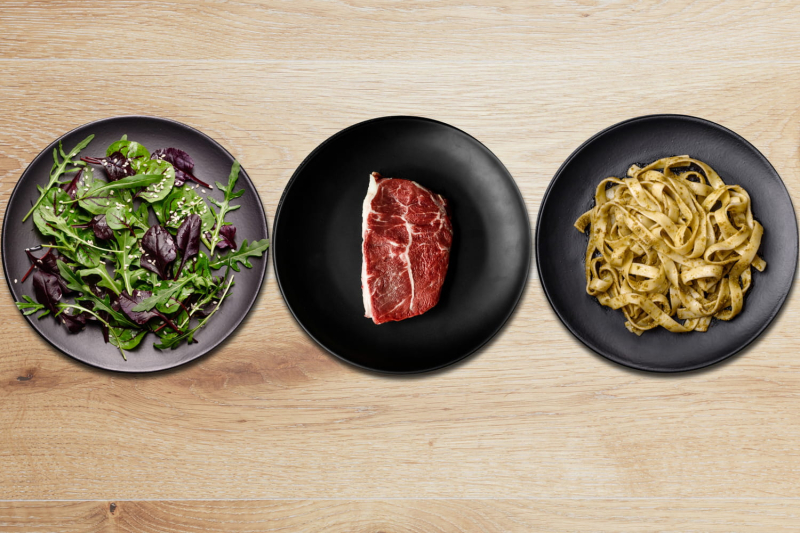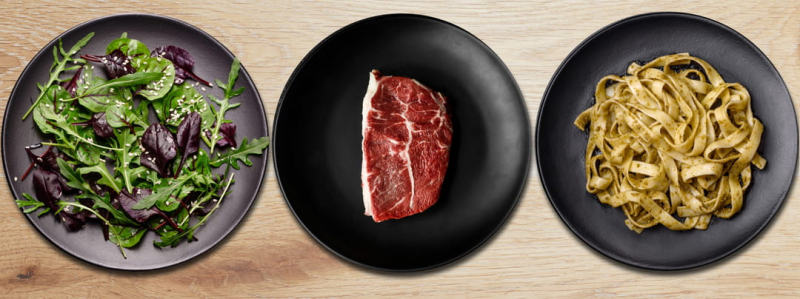Several nutritional studies show that classifying the foods on your plate and eating them in a specific order is good for your health. There is supposed to be a way to eat your meal properly, more precisely a timeline to follow to eat what is on your plate, and following it would be beneficial for your health, particularly for controlling blood sugar and weight. The tip has been all over social media, mainly mentioned by fitness influencers or nutrition “experts”. But it has also been the subject of studies by the scientific community. And what emerges is that “meal sequencing” could ultimately have a positive influence on metabolism and health. Research on the subject has indeed shown that meal sequencing helps regulate blood sugar levels, particularly in people with type 2 diabetes. Consuming fiber before carbohydrates has a positive impact on blood sugar levels because it promotes the secretion of a hormone called glucagon-like peptide 1 (GLP-1), one of the effects of which is to improve blood sugar management after meals. The same research indicates that eating this way also helps you lose weight. Starting a meal by eating fiber, protein, and then fat, rather than carbohydrates, promotes the feeling of fullness and slows down the digestive process. De facto limiting the risk of snacking between meals and weight gain. Scientists go even further in their analyses: according to them, meal sequencing would even be more effective than traditional nutritional monitoring based on “nutritional balance” because it would be easier to follow. Furthermore, they note that meal sequencing can, in the long term, prevent the risk of obesity by curbing appetite, in particular thanks to the secretion of GLP-1. So what order should we actually adopt? ? If we believe the tip, the order to follow would be to first eat vegetables, then proteins (especially meats), then fats. But carbohydrates, such as rice, bread and fruit, should be eaten last. Other studies are obviously needed to confirm or refute existing ones, but the results already known allow us to ask questions about eating habits. In the United States, where snacking figures are increasing year on year to reach 9 out of 10 people affected, according to the American magazine The Atlantic, such results could have a significant impact on these health issues. In France, where the meal is divided in several stages (starter, main course, dessert), the sequence could be made easier by adopting, among other things, salads or soups to start the meal, especially since here too, the number of French people who snack regularly is increasing. In 2023, the snacking market in France exceeded 18 billion euros.

Following this precise order to eat what is on your plate is better for your health and your figure.

